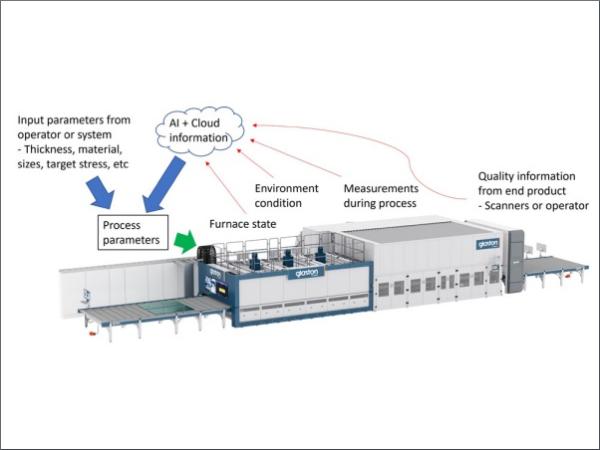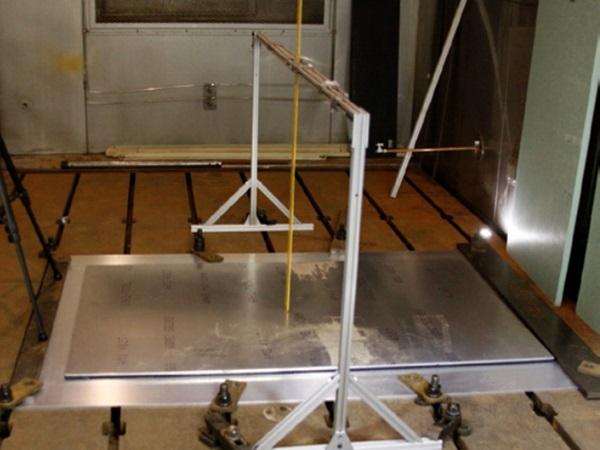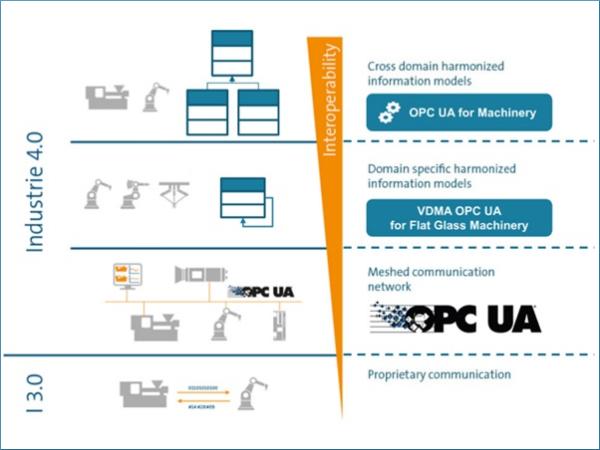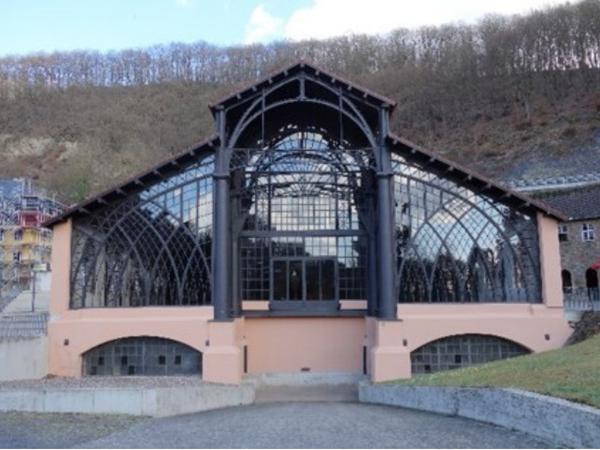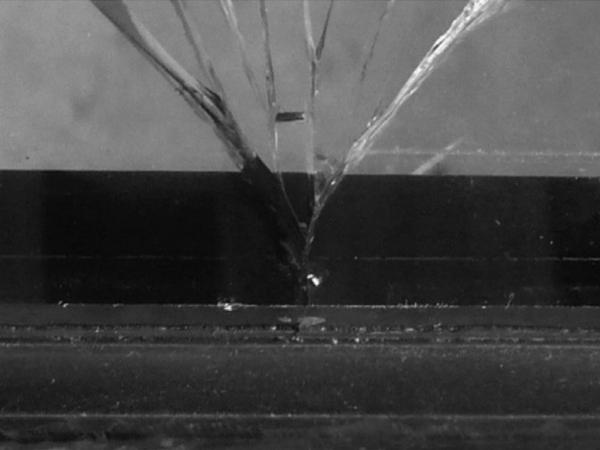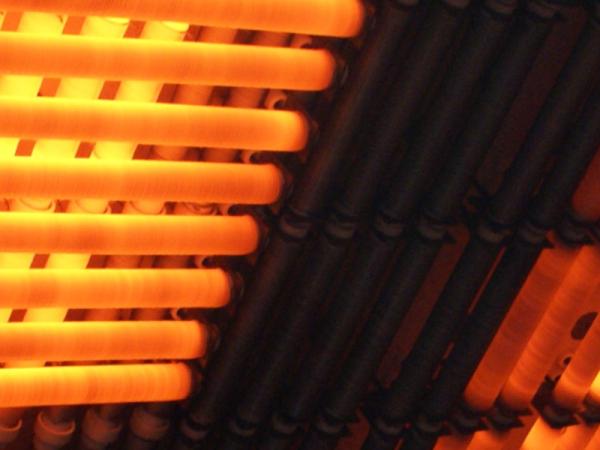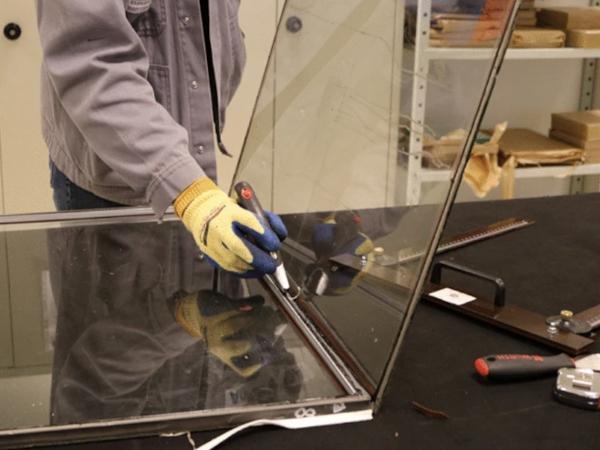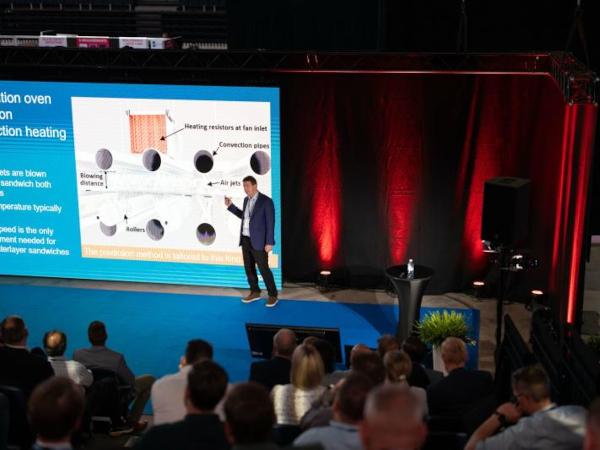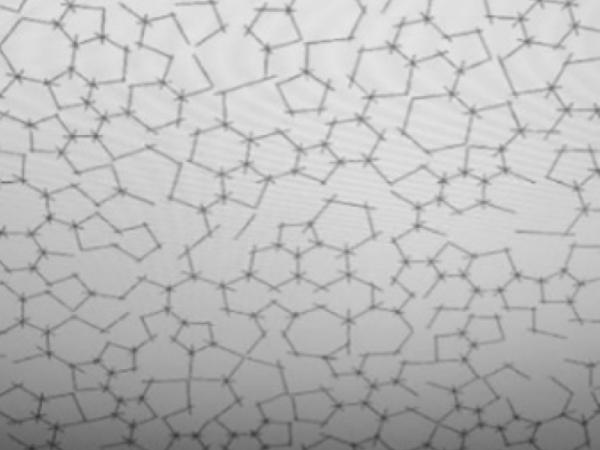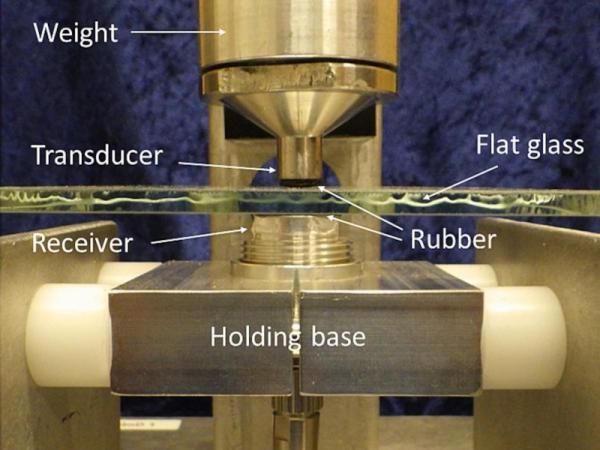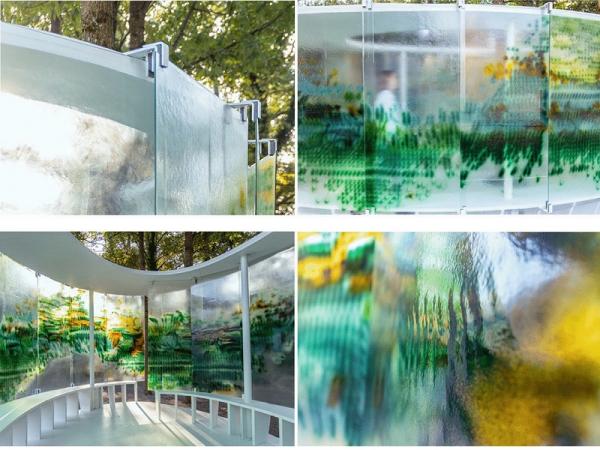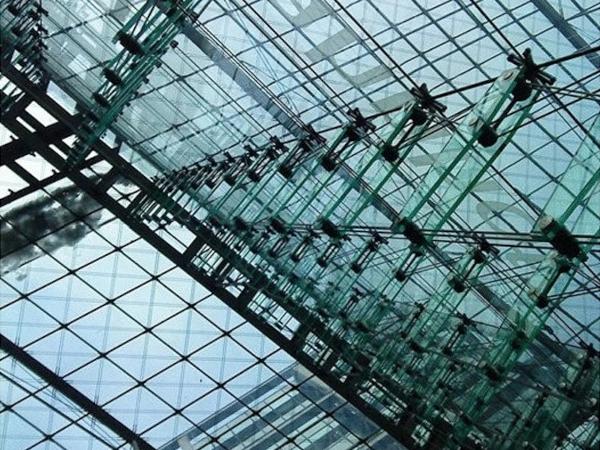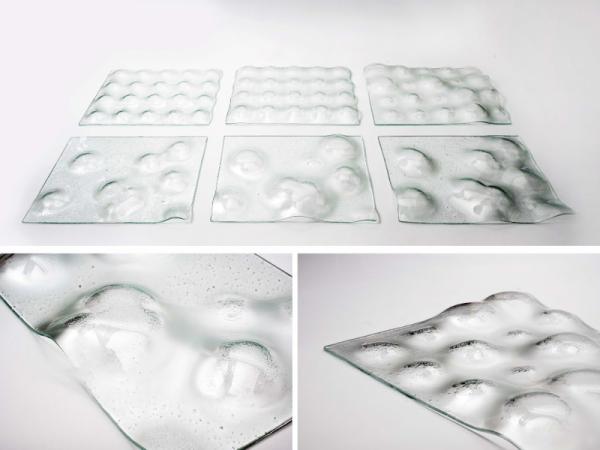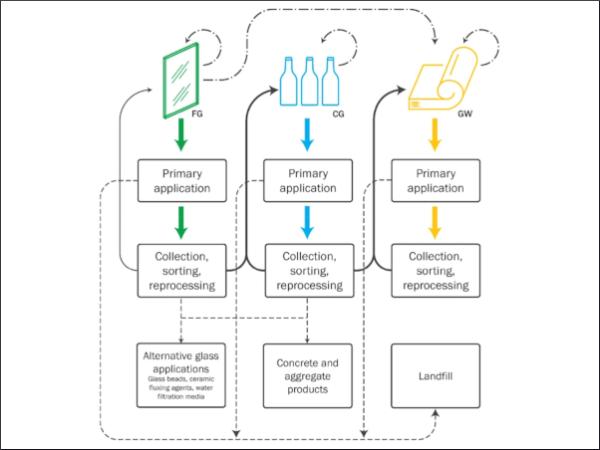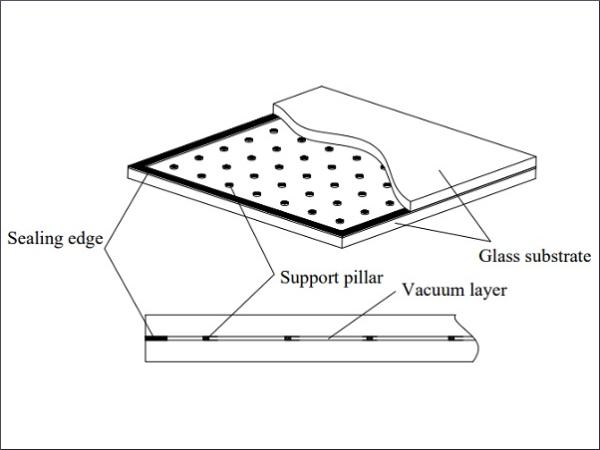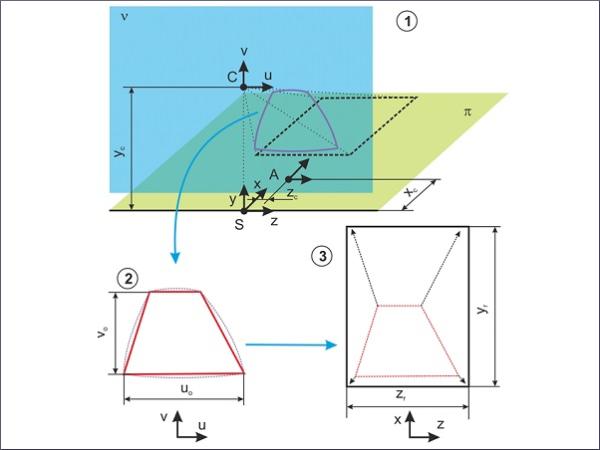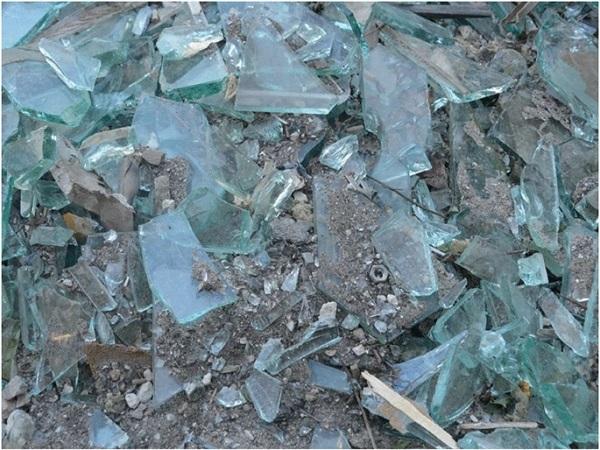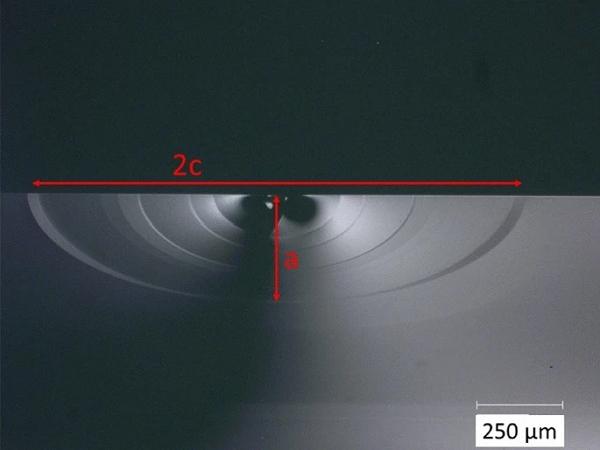Others also read
| Choosing the right interleaving powder for glass separation is crucial for protecting glass surfaces in various industries.
| Glass tempering is a process that can be made in many ways to get tempered glass that meets the standards. The selected way is usually chosen by the operator and is almost always based on experience instead of science.
| What are the real benefits that robotics, the IOT (Internet of Things) and the Automatic machines can bring to glass grinding?
| The current paper compares experimental results obtained at different scales (from TAjoints to large scale 914mm by 1524mm) with the predictions of the analytical equations and FEA.
| The use of laminated glass with PVB and ionoplast interlayers not only offers improved safety but can also be designed to help mitigate security threats ranging from basic safety to burglary and forced entry resistance and even ballistic protection.
| Digitalization of machines requires standardized language for machine communication – and OPC UA is the perfect choice.
| The present work presents the investigation of historical glass and glass constructions in a suburb of Dresden.
| In the latest Glastory blog post, Antti Aronen analyzes the transformative potential of automated glass tempering.
| Identification and optimisation of cutting process parameters
| In this article, Mika gives our readers some expert advice on improving energy efficiency in safety glass manufacturing.
| This study explored the prospect of reusing post-consumer architectural flat glass panes for remanufacturing in insulating glass units.
| In this episode, Gennadi Schadrin, Director Research & Development IG, shares insights into its creation and the remarkable benefits it brings to glass processors.
| The latest Glastory blog presents how to overcome interlayer temperature hurdles in laminated glass processing with the prediction method. More of the presentation by Mikko Rantala at GPD 2023.
| The thermal rupture behavior of the frame-supported float glass subjected to thermal loading is carefully examined using a self-built experimental system.
| The present paper describes a method for non-destructive testing of the glass strength.
| This research investigates robotically fabricated polychromatic float glass for architectural applications.
| The present article provides an explanation of the content, the technical rules and the corresponding technical background of the different parts of CEN/TS 19100.
| The objective of this research is to facilitate a waste-free fabrication of doubly curved glass elements and a facile, fast, low-cost mold-making process for the hot bending of glass.
| This study identifies the existing supply-chain inefficiencies in the UK glass industry in three stages.
| Discover the perfect balance of sound and heat insulation with VIG multi-objective design optimization!
| This paper focuses on the fire safety aspects related to the use of fire PV panels and systems in building facades.
| Glass is reflective in large angles of incidence. Using this property for the detection of shapes is the basic goal of the research.
| End-of-life insulating glass units (IGUs) continue to follow a linear, wasteful path from renovation and demolition sites into landfills or low-value recycling.
| In the present work, subcritical crack growth in soda–lime silicate glass is investigated under different environmental conditions.
| Glass units are in demand in structural applications, however, the strength is challenging to predict.


